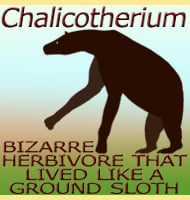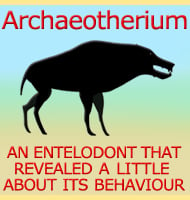Macrauchenia
In Depth Every now and then in palaeontology an animal comes along that just doesn’t seem like it should have existed at all. Macrauchenia is one such individual creature due to a very bizarre mix body features that have ended up in a mix-match of different creature parts. To begin first imagine a four legged … Read more

